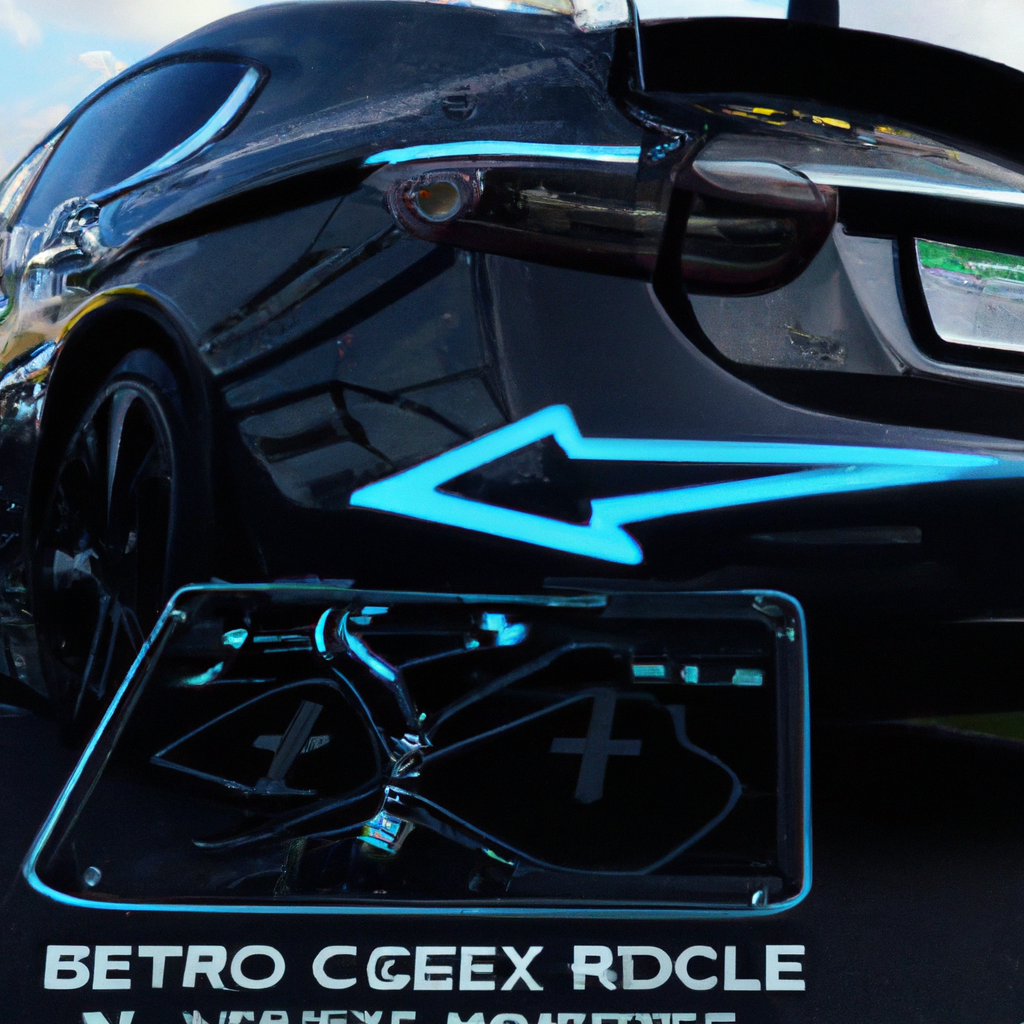Electric cars have gained significant popularity over the years, mainly due to their energy efficiency and the reduced carbon footprint they leave. One of the significant functions that make electric cars efficient is their braking system, which uses regenerative braking. This article will explain how regenerative braking works in electric cars and how it contributes to energy efficiency.
What is regenerative braking?
Regenerative braking is a technology that converts the kinetic energy of a moving vehicle into electrical energy. The technology is commonly used in electric cars and hybrid vehicles to increase their energy efficiency. When the vehicle brakes, the kinetic energy is converted into electrical energy, which is stored in the battery for later use.
How does regenerative braking work in electric cars?
Regenerative braking in electric cars works by using an electric motor as a generator. When the driver hits the brakes, the electric motor runs in reverse, creating resistance that slows down the car. At the same time, the motor generates electricity from the kinetic energy produced by the movement of the car. The electrical energy generated is then sent to the battery for later use.
The efficiency of regenerative braking in electric cars
One of the significant advantages of regenerative braking in electric cars is that it increases their energy efficiency. The technology helps to reduce the amount of energy needed to run the vehicle by recycling the kinetic energy produced during braking. This means that the car can travel further on a single charge, thereby reducing the frequency of charging and increasing the car’s overall efficiency.
Regenerative braking also reduces wear and tear on the car’s brake pads, which decreases the need for frequent replacements. The technology also reduces the amount of heat generated during braking, which can lead to brake fade and reduced stopping power. This makes regenerative braking safer and more reliable than traditional braking systems.
Regenerative braking in hybrid vehicles
Hybrid vehicles also use regenerative braking to increase their energy efficiency. However, the technology works slightly differently in hybrid vehicles compared to electric cars. In hybrid vehicles, the electric motor is connected to the car’s internal combustion engine. When the driver hits the brakes, the motor generates electricity from the kinetic energy produced during braking. The electrical energy generated is then used to power the car’s electric motor, which assists the internal combustion engine during acceleration.
The limitations of regenerative braking
While regenerative braking is an efficient technology, it does have its limitations. The effectiveness of regenerative braking depends on various factors, such as the speed and weight of the vehicle, the terrain, and the driving style. For example, regenerative braking is less effective at lower speeds since there is less kinetic energy to convert into electrical energy. Similarly, regenerative braking is less effective on uphill terrains since the car needs more power to climb uphill, reducing the amount of energy available for regeneration.
Conclusion
Regenerative braking is a technology that is becoming increasingly popular in electric cars and hybrid vehicles. The technology helps to increase the energy efficiency of the vehicles by recycling the kinetic energy produced during braking. Regenerative braking reduces the amount of energy needed to run the vehicle, thereby reducing the frequency of charging and increasing the car’s overall efficiency. While the technology has its limitations, it is a significant step towards making electric cars and hybrid vehicles more energy-efficient and eco-friendly.







